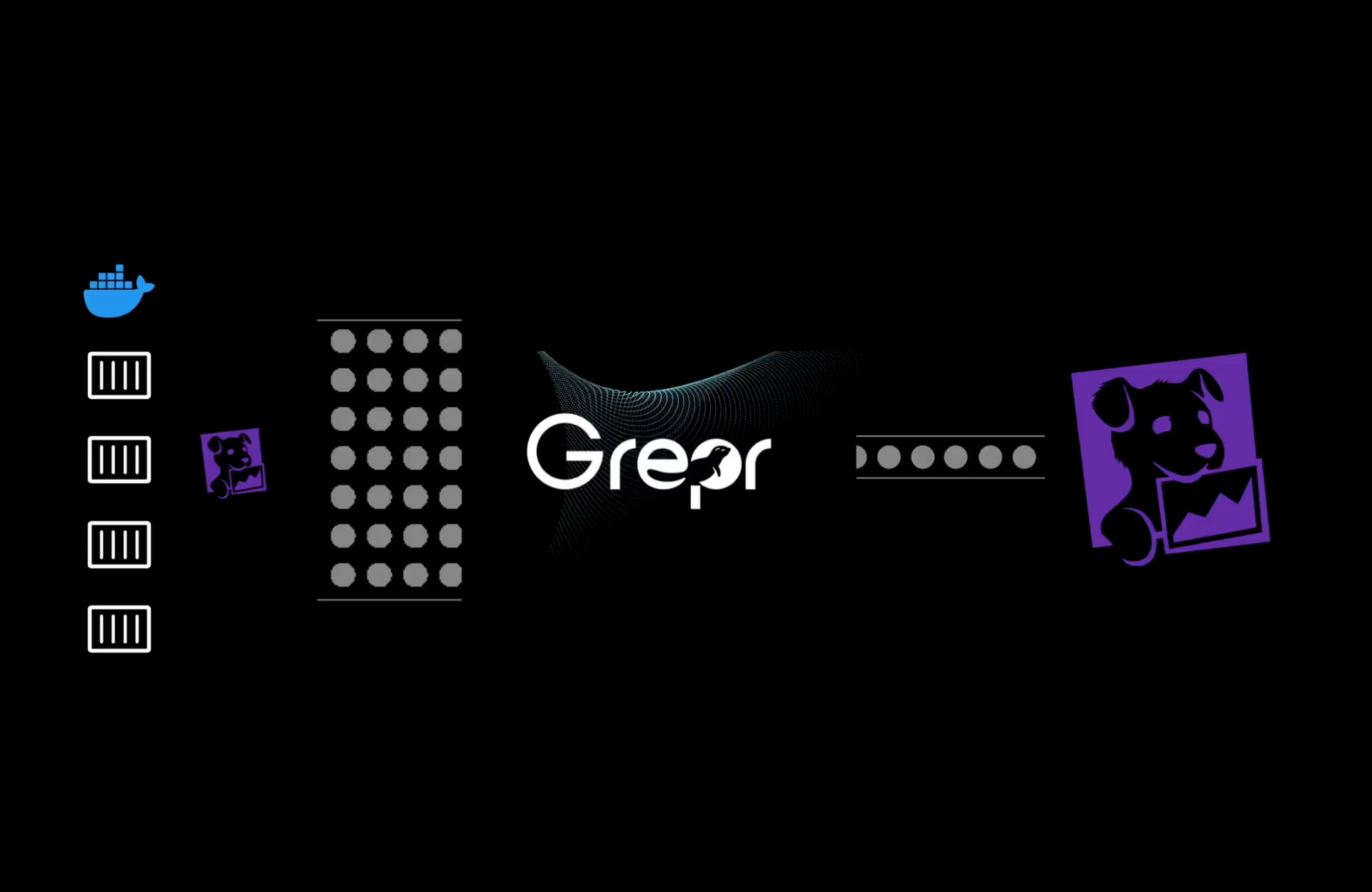Grepr helps teams cut log management costs without losing visibility or performance. Instead of sending every log to platforms such as Splunk, Datadog, or New Relic, Grepr intelligently processes data before it reaches them.
At its core, Grepr uses semantic machine learning to understand patterns across massive amounts of log data. It recognizes repetitive messages, groups them into concise summaries, and passes along only what matters most. Logs that are unique or important for debugging flow through unchanged. This keeps the data stream lean and the observability bill low without sacrificing insight.
Unlike traditional filtering tools, Grepr keeps everything. Every log that enters the system is stored safely in affordable S3-based storage. Teams can search, query, and retrieve any message whenever they need to, using the same syntax they already know from Datadog, Splunk, or New Relic. When a full dataset is required, Grepr can restore it to the observability platform instantly through an on-demand backfill.
Most teams see their log volume shrink by around 90 percent after integrating Grepr. That means smaller bills, faster queries, and lighter infrastructure. There’s no need to rebuild dashboards or rewrite alerts. Everything continues to function as before, just more efficiently.
Grepr gives DevOps and SRE teams full control of their data and their costs. It is a practical and transparent way to manage observability for modern systems, combining simplicity, intelligence, and measurable savings.
More blog posts
All blog posts
APM Signature Sampling: Enabling High-Fidelity Observability

What Is an Observability Pipeline (and Why It Matters More Than Ever)



